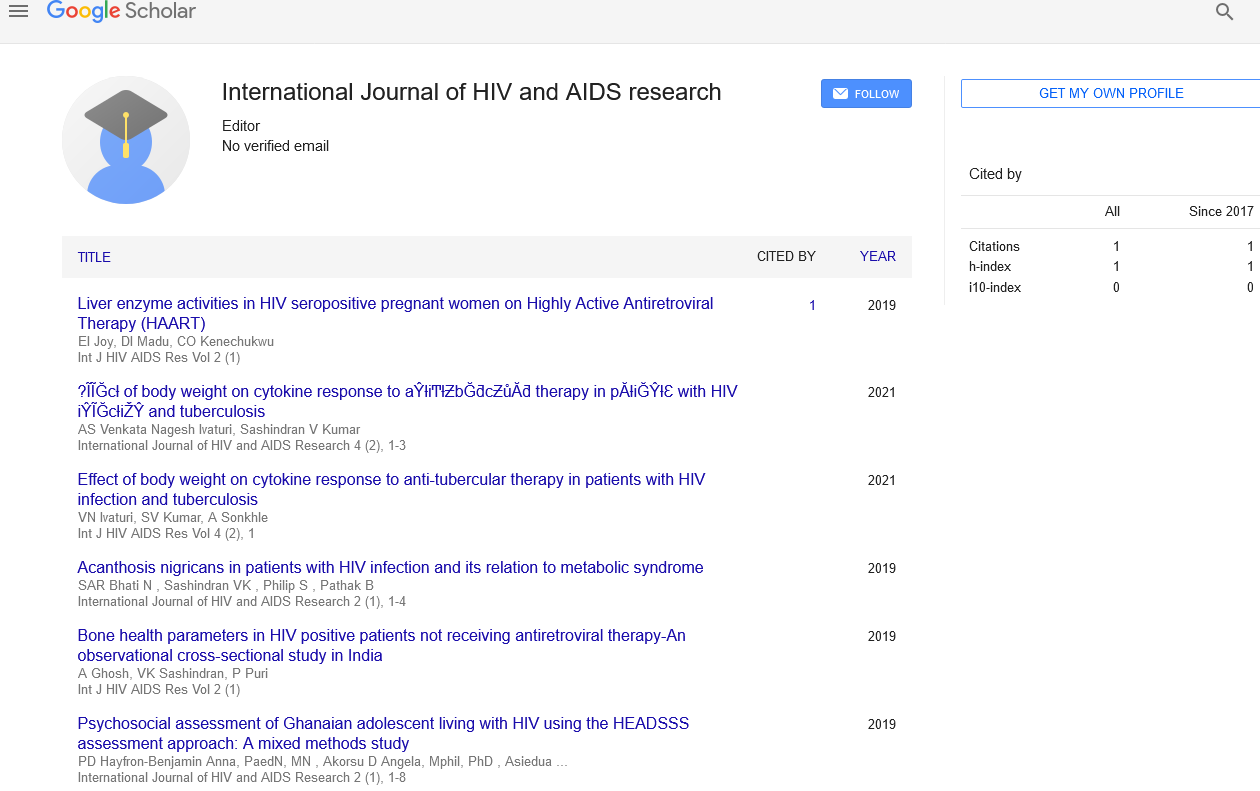
Sign up for email alert when new content gets added: Sign up
Abstract
The hydrolysis of immunogenic wheat gliadin proteins by the yeast Wickerhamomyces anomalus
Author(s): Sam Wills*Approximately 30% of the total proteins in wheat flour are included in gliadins. They play a role in a variety of immunological problems that impact an increasing number of people who consume wheat based diets. The buildup of immunogenic peptides from inadequate gliadin breakdown by gastric proteases in the stomach is the trigger. Previous studies have shown how sourdough fermentation technology or comparable lactic acid bacteria can reduce the allergenic proteins in wheat flour. For the production of wheat products with reduced allergenicity, there aren't any specific yeast cultures. This study assessed the hydrolysis of gliadin proteins by sourdough yeast Wickerhamomyces anomalus strains. Gliadins can be broken down and used by all yeast strains as a source of carbon and nitrogen. The inclusion of gliadin was necessary for the yeast strains to multiply; after 24 hours, full hydrolysis was seen. The strain with greater proteolytic activity fermented a dough made of wheat that was acceptable. The leavened dough's gliadin content was cut in half. The amount of immunogenic gliadins in bread made from the W. anomalus fermented dough was reduced by 78%. The proteolytic activity of the yeast cells was responsible for 50% of the decrease, and baking was responsible for 35%. These findings highlight the yeast W. anomalus's potential as a starter for lowering immunogenicity in wheat products.
Full-Text | PDF




